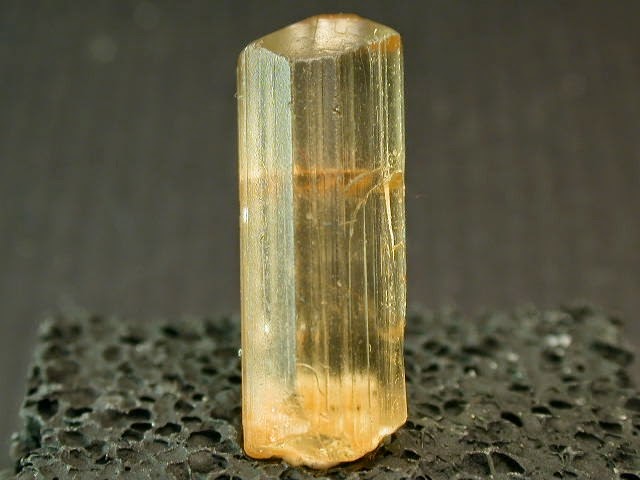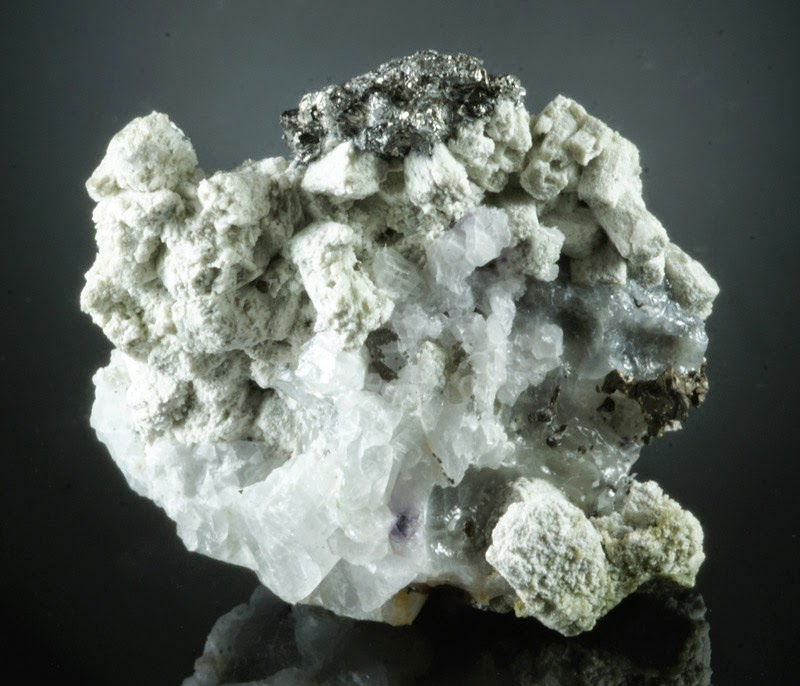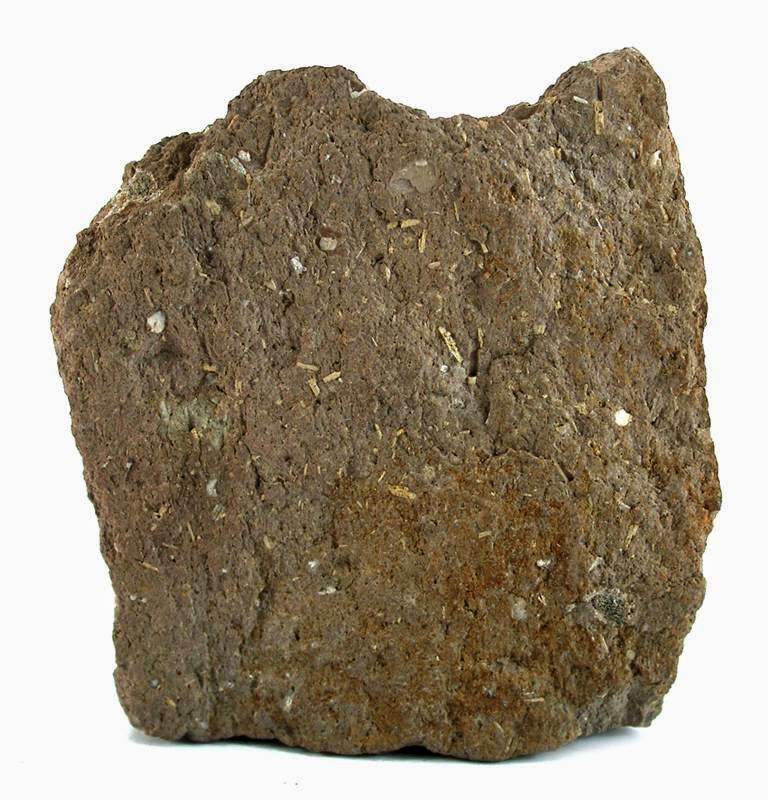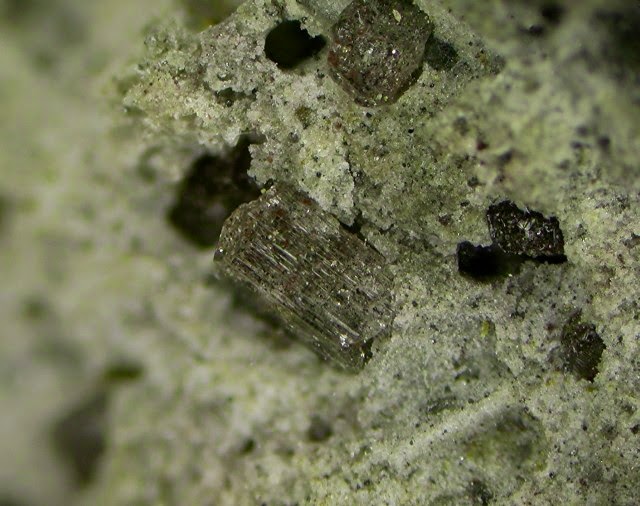
Chemical Formula: Na4Al3Si9O24Cl
Locality: Pianura. Near Naples, Italy.
Name Origin: Named by von Rath in honor of his wife, Maria Rosa vom Rath (1830-1888).
Marialite is a silicate mineral with a chemical composition of Na4Al3Si9O24Cl if a pure endmember or Na4(AlSi3O8)3(Cl2,CO3,SO4) with increasing meionite content. Marialite is a member of the scapolite group and a solid solution exists between marialite and meionite, the calcium endmember. It is a rare mineral usually used as a collector’s stone. It has a very rare but attractive gemstones and cat’s eye.
Discovery and occurrence
Marialite was first described in 1866 for an occurrence in the Phlegrean Volcanic complex, Campania, Italy. It was named by German mineralogist Gerhard vom Rath for his wife, Maria Rosa vom Rath.
Marialite occurs in regional and contact metamorphism: marble, calcareous gneiss, granulite and greenschist. It also occurs in skarn, pegmatite and hydrothermally altered volcanic rocks. This means that Marialite is formed in high pressure and/or high temperature environments.
History
Discovery date : 1866
Town of Origin : PIANURA, NAPLES, CAMPANIE
Country of Origin : ITALIE
Optical properties
Optical and misc. Properties : Transparent to Translucent
Refractive Index : from 1,53 to 1,55
Physical Properties
Cleavage: {100} Distinct, {110} Distinct
Color: Bluish, Brownish, Colorless, Violet, Greenish.
Density: 2.5 – 2.62, Average = 2.56
Diaphaneity: Transparent to Translucent
Fracture: Brittle – Conchoidal – Very brittle fracture producing small, conchoidal fragments.
Hardness: 5.5-6 – Knife Blade-Orthoclase
Luminescence: Fluorescent, Long UV=strong yellow.
Luster: Vitreous – Pearly
Streak: white
Photos :













